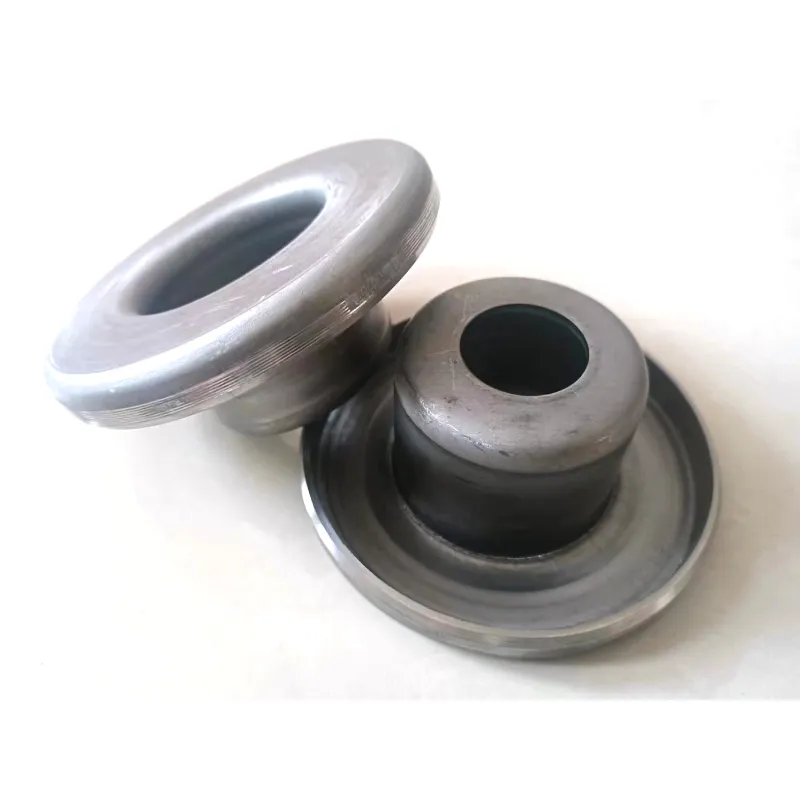 Afrikaans
Afrikaans  Albanian
Albanian  Amharic
Amharic  Arabic
Arabic  Armenian
Armenian  Azerbaijani
Azerbaijani  Basque
Basque  Belarusian
Belarusian  Bengali
Bengali  Bosnian
Bosnian  Bulgarian
Bulgarian  Catalan
Catalan  Cebuano
Cebuano  Corsican
Corsican  Croatian
Croatian  Czech
Czech  Danish
Danish  Dutch
Dutch  English
English  Esperanto
Esperanto  Estonian
Estonian  Finnish
Finnish  French
French  Frisian
Frisian  Galician
Galician  Georgian
Georgian  German
German  Greek
Greek  Gujarati
Gujarati  Haitian Creole
Haitian Creole  hausa
hausa  hawaiian
hawaiian  Hebrew
Hebrew  Hindi
Hindi  Miao
Miao  Hungarian
Hungarian  Icelandic
Icelandic  igbo
igbo  Indonesian
Indonesian  irish
irish  Italian
Italian  Japanese
Japanese  Javanese
Javanese  Kannada
Kannada  kazakh
kazakh  Khmer
Khmer  Rwandese
Rwandese  Korean
Korean  Kurdish
Kurdish  Kyrgyz
Kyrgyz  Lao
Lao  Latin
Latin  Latvian
Latvian  Lithuanian
Lithuanian  Luxembourgish
Luxembourgish  Macedonian
Macedonian  Malgashi
Malgashi  Malay
Malay  Malayalam
Malayalam  Maltese
Maltese  Maori
Maori  Marathi
Marathi  Mongolian
Mongolian  Myanmar
Myanmar  Nepali
Nepali  Norwegian
Norwegian  Norwegian
Norwegian  Occitan
Occitan  Pashto
Pashto  Persian
Persian  Polish
Polish  Portuguese
Portuguese  Punjabi
Punjabi  Romanian
Romanian  Russian
Russian  Samoan
Samoan  Scottish Gaelic
Scottish Gaelic  Serbian
Serbian  Sesotho
Sesotho  Shona
Shona  Sindhi
Sindhi  Sinhala
Sinhala  Slovak
Slovak  Slovenian
Slovenian  Somali
Somali  Spanish
Spanish  Sundanese
Sundanese  Swahili
Swahili  Swedish
Swedish  Tagalog
Tagalog  Tajik
Tajik  Tamil
Tamil  Tatar
Tatar  Telugu
Telugu  Thai
Thai  Turkish
Turkish  Turkmen
Turkmen  Ukrainian
Ukrainian  Urdu
Urdu  Uighur
Uighur  Uzbek
Uzbek  Vietnamese
Vietnamese  Welsh
Welsh  Bantu
Bantu  Yiddish
Yiddish  Yoruba
Yoruba  Zulu
Zulu Understanding the Role of Idlers in Enhancing Conveyor Belt Efficiency and Performance
The Role of Idler in Conveyor Belt Systems An Essential Component for Efficiency
Conveyor belts are integral to many industrial operations, enabling the efficient movement of materials across various sectors, including mining, manufacturing, and logistics. At the heart of these systems lies the idler, a critical component that supports the belt and ensures smooth operation. Understanding the role of the idler and its impact on conveyor efficiency is vital for optimizing performance and reducing operational costs.
What is an Idler?
An idler is a device that consists of a roller or series of rollers that support a conveyor belt on its path. Positioned at various intervals along the length of the conveyor system, idlers can be seen as the backbone of the conveyor belt, providing the necessary support to maintain tension and alignment. They help to minimize friction and wear on the belt while also contributing to the overall stability of the material being transported.
Types of Idlers
There are several types of idlers designed to suit different applications
1. Carrying Idlers These idlers support the weight of the load on the conveyor belt. They are typically set at a slight angle to help in the loading and unloading process and to facilitate material flow.
2. Return Idlers Located on the return side of the conveyor, these idlers support the empty belt as it returns to the loading point. They help maintain the belt’s alignment and reduce the likelihood of sagging.
idler in conveyor belt

3. Impact Idlers Found at loading zones, impact idlers absorb the shock of material being dropped onto the belt, preventing excessive wear and damage to both the idlers and the conveyor belt.
4. Training Idlers These are specialized idlers used to prevent belt misalignment and ensure that the belt runs straight, thereby increasing the lifespan of the conveyor system.
Importance of Idlers in Conveyor Efficiency
Idlers play a crucial role in enhancing the efficiency of conveyor belt systems. By providing support and stability, they reduce the friction between the belt and the rollers, leading to less energy consumption and lower operational costs. Properly designed and maintained idlers can minimize wear on the belt, decreasing the frequency and cost of replacements.
Moreover, the correct selection of idlers can significantly impact the overall performance of the conveyor system. Using the right type and configuration of idlers based on the specific application ensures that materials are transported smoothly and efficiently, preventing disruptions caused by blockages or misalignment.
Maintenance and Optimization
To maintain the efficiency and longevity of conveyor systems, regular inspection and maintenance of idlers are essential. This includes checking for wear and tear, ensuring proper alignment, and replacing any damaged components. Implementing predictive maintenance strategies can also help identify potential issues before they escalate, thus avoiding costly downtime.
In conclusion, idlers are a vital component of conveyor belt systems, directly influencing their operational efficiency and reliability. By understanding their types, functions, and importance, industries can optimize their conveyor systems, enhance productivity, and achieve greater cost savings. As technology advances, the development of more efficient and durable idlers is likely to shape the future landscape of material handling, driving further innovations in conveyor belt applications.
-
Revolutionizing Conveyor Reliability with Advanced Rubber Lagging PulleysNewsJul.22,2025
-
Powering Precision and Durability with Expert Manufacturers of Conveyor ComponentsNewsJul.22,2025
-
Optimizing Conveyor Systems with Advanced Conveyor AccessoriesNewsJul.22,2025
-
Maximize Conveyor Efficiency with Quality Conveyor Idler PulleysNewsJul.22,2025
-
Future-Proof Your Conveyor System with High-Performance Polyurethane RollerNewsJul.22,2025
-
Driving Efficiency Forward with Quality Idlers and RollersNewsJul.22,2025





























